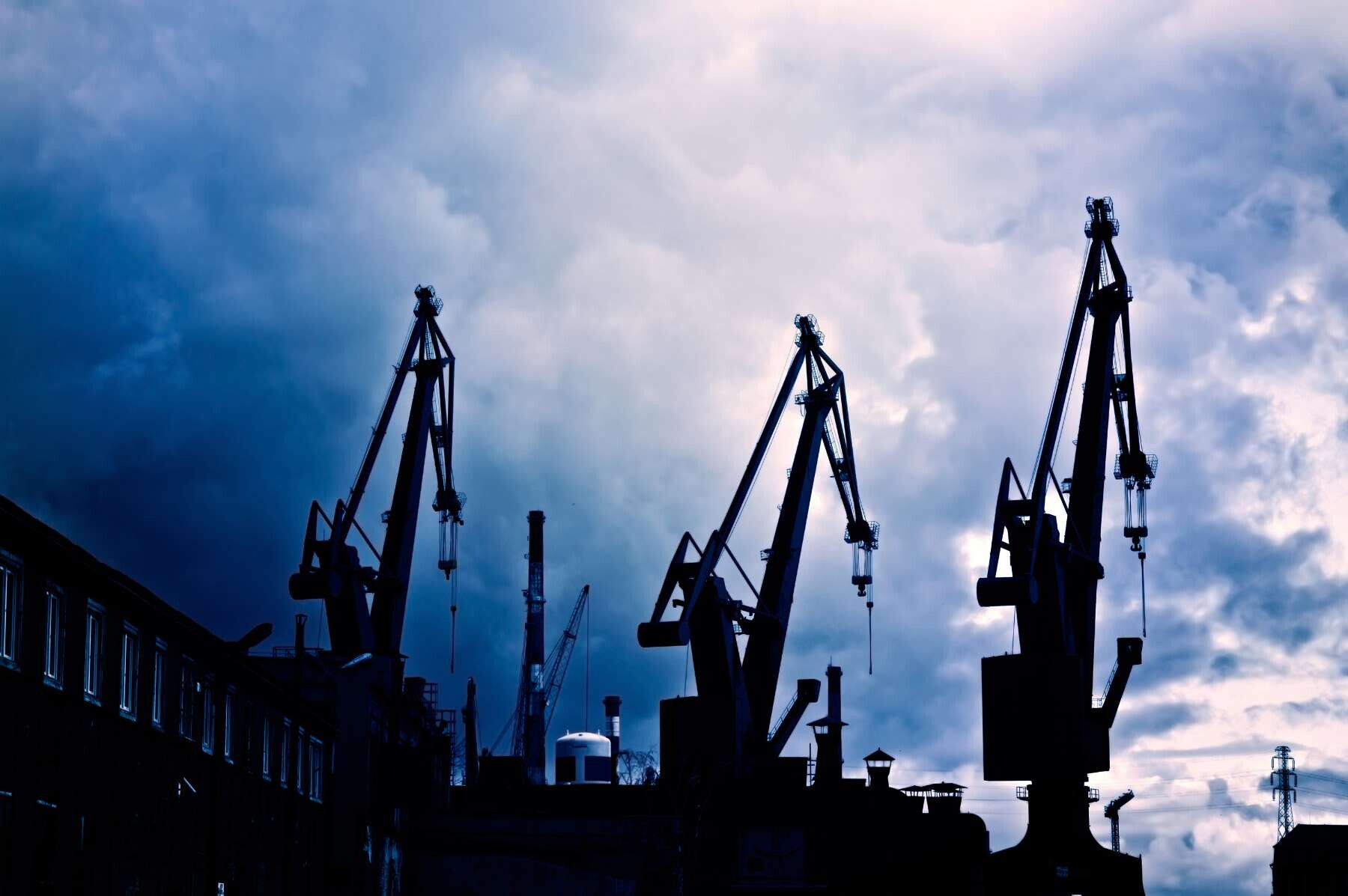Boom Lifts vs. Scissor Lifts: Find the Right One for Your Project
Choosing the right lift is crucial. Compare boom lifts vs. scissor lifts and make the best decision today!

When working on elevated projects, choosing the right equipment is crucial to ensure efficiency, safety, and cost-effectiveness. Two of the most commonly used options are boom lifts and scissor lifts. While both are designed to elevate workers and tools to higher levels, they differ significantly in terms of capabilities, applications, and features. This guide will help you determine which lift best suits your project requirements.
What Is a Boom Lift?
A boom lift is a type of aerial work platform that offers exceptional versatility in height and reach. It is equipped with an extendable arm, which can be articulated or telescopic, to provide access to hard-to-reach areas.
Key Features of Boom Lifts:
- Height and Reach: Boom lifts can extend both vertically and horizontally, making them ideal for projects requiring access to elevated, tight, or hard-to-reach spaces.
- Mobility: Most boom lifts are mounted on wheels or tracks, offering excellent maneuverability, even on rough terrain.
- Applications: Commonly used in construction, maintenance, and utility work, such as repairing power lines or accessing tall buildings.
- Limitations: Boom lifts typically have a smaller platform and lower weight capacity compared to scissor lifts.
What Is a Scissor Lift?
A scissor lift is a vertical lift designed to elevate workers and tools in a straight up-and-down motion. Its platform is supported by crisscrossing metal supports, which extend and contract like an accordion.
Key Features of Scissor Lifts:
- Vertical Elevation: Scissor lifts are ideal for projects requiring stable, straight-up access to work areas.
- Platform Space: They offer a larger working platform, which can accommodate multiple workers and tools.
- Applications: Commonly used for indoor projects, such as warehouse maintenance, ceiling work, or inventory management.
- Limitations: Scissor lifts lack horizontal reach and are generally less mobile than boom lifts.
Comparing Boom Lifts and Scissor Lifts
| <b>Feature</b> | <b>Boom Lifts</b> | <b>Scissor Lifts</b> |
| Height and Reach | Vertical and horizontal reach; up to 185 ft | Vertical reach only; up to 50 ft |
| Platform Capacity | Smaller platform; supports fewer workers | Larger platform; accommodates multiple workers |
| Mobility | High mobility; suitable for rough terrain | Limited mobility; best for flat surfaces |
| Cost | Higher rental and operational costs | More cost-effective for basic tasks |
| Applications | Outdoor, complex, hard-to-reach areas | Indoor, straightforward vertical tasks |
Both boom lifts and scissor lifts offer unique advantages depending on your project requirements. To learn more about how Man Lift equipment can improve efficiency, read our article on the top advantages of using lift equipment in industrial projects.
Which One Should I Choose?
Opt for a Boom Lift if:
- Your project involves hard-to-reach areas that require horizontal and vertical movement.
- You’re working on outdoor sites with uneven terrain.
- Height is a critical factor, and you need access beyond 50 feet.
Opt for a Scissor Lift if:
- Your project requires stable, straight-up access to elevated areas.
- You need a larger platform to accommodate multiple workers and tools.
- The job is indoors or on smooth, level surfaces.
Cost Considerations
While boom lifts typically cost more to rent or operate due to their advanced features, scissor lifts are more budget-friendly for projects that don’t require extensive reach or mobility.
Safety and Compliance
Both boom lifts and scissor lifts are designed with safety features to protect operators. It’s essential to follow OSHA guidelines and ensure proper training for all personnel operating these machines. Regular maintenance and inspections are also crucial to minimize risks.
Conclusion
The choice between a boom lift and a scissor lift depends largely on the specifics of your project. Understanding the unique strengths and limitations of each type of lift will help you make an informed decision. For expert advice and high-quality equipment tailored to your needs, explore Man Lift’s wide range of rental options.
Contact us today to find the perfect lift for your next project!